
The most anticipated presentation deck in the tech world arrived this week, and as usual, it did not disappoint.
Every year, data nerds and tech experts look forward to Mary Meeker’s Internet Trends Report to get a pulse on the new technologies and innovations shaping the consumer landscape.
Delivered annually at the Code Conference, the report from the “Queen of the Internet” never fails to reveal interesting and surprising data on evolving consumer behaviors. A respected venture capitalist, Meeker was previously with Kleiner Perkins Caufield & Byers before setting up Bond Capital in 2018.
Insights from Meeker’s report often have far-reaching implications for different industries, including health care, retail and of course high tech. This year’s report is no exception.
Here are five takeaways that are particularly interesting for the market research industry.
Global shipments of new smartphone units have slowed down, but that doesn’t mean mobile use is coming to a halt. In fact, in the US, time spent on mobile has now surpassed time spent on television. As a result, mobile-first apps are attracting billions of users, with Facebook leading the pact. Among these apps, YouTube and Instagram are gaining the most, according to Meeker.
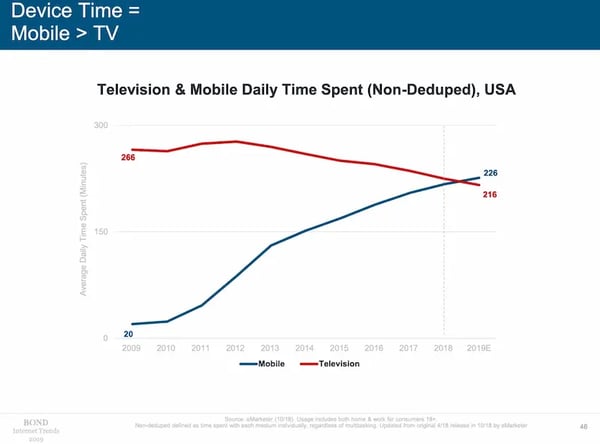
The implication for market research is clear: go mobile-first or else. It will only become increasingly crucial to get mobile research right. Old research technologies that were built for the desktop experience but are clunky in mobile devices will only continue to fall out of favor with consumers.
People are watching — and producing — a lot of videos. Today, 28% of video consumed is done so digitally — up 3% from the previous year. On the Facebook platform alone (Instagram, Facebook, Messenger and WhatsApp), 1.5 billion daily users consume short-form videos.
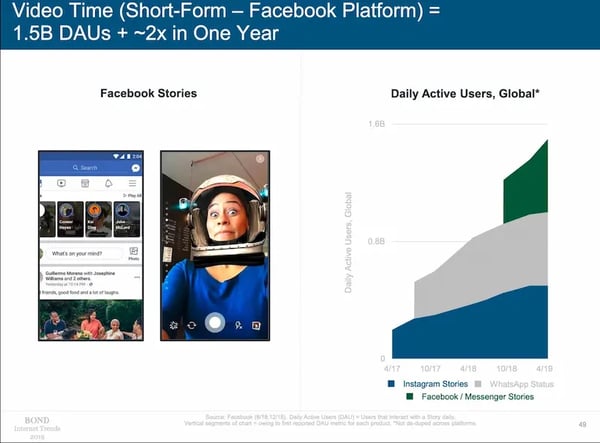
These stunning stats reiterate the power of videos in unlocking richer insights. Capturing videos directly from research participants has the potential to really humanize consumers and inspire stakeholders to take action.
That said, just because people are producing more videos doesn’t mean they’ve forgotten about photos. Image creation and sharing are still growing at an impressive rate. People are “increasingly telling stories via edited images and videos,” the report points out.
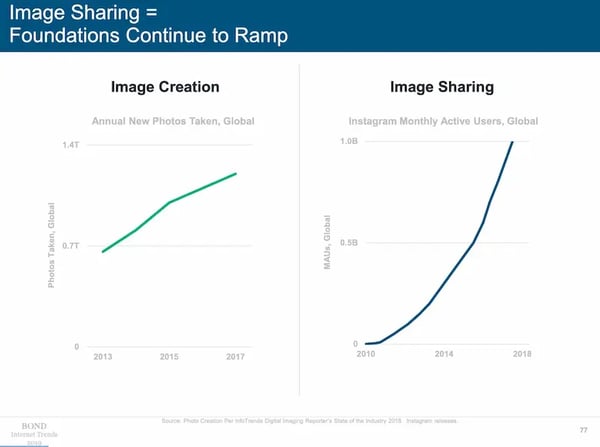
Instagram alone has more than 1 billion monthly active users, but other popular platforms such as Snap, Google, Canva and even Twitter have also been investing in their technologies to enhance the way people create and share images.
Tech companies like Google, Microsoft and Apple are investing a lot in voice assistants, smart speakers and other voice tech — and consumers are into it.
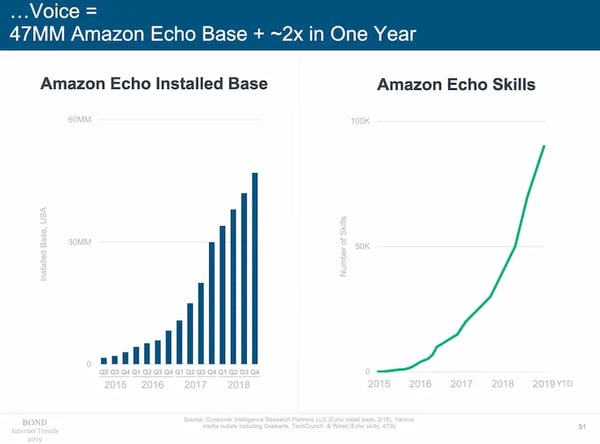
As I previously noted, voice technologies have the potential to bring the authentic voice of customers in the organization. From 1-to-1 interviews to in-the-moment research, voice tech opens the door to re-imagine and update classic qualitative approaches for today’s consumers.
The incredible success of Fortnite did not escape Meeker’s attention. The popular game from Epic Games has become somewhat of a new social network for Gen Z consumers — a way for them to learn something new, make friends and even improve their communication skills.
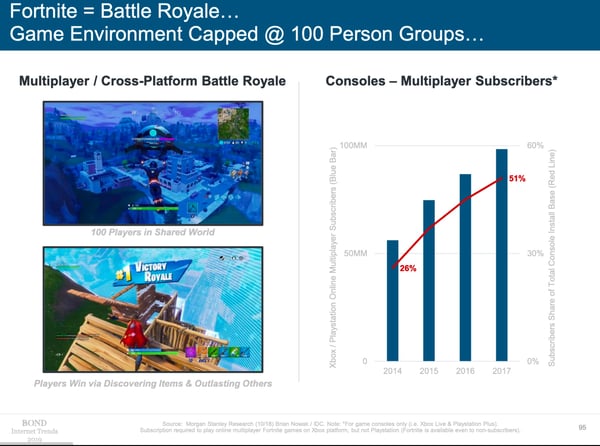
Meeker’s insights align with a recent study we did with our sister company, Reach3 Insights. The study, which we conducted late last year, showed that Fornite and other popular video games foster friendships among teens and tweens. By talking to Gen Z players, we also found out how the concept of celebrity is changing among younger consumers and what’s ahead for the esports market.
Check out our blog post on the Fortnite study for some key lessons on how to engage with Gen Z consumers for market research.
“If it feels like we’re all drinking from a data firehose, it’s because we are,” Meeker said during her presentation. And, indeed, IDC’s projection is that the volume of new data captured, created or replicated will continue to grow at an increasing rate in the next decade.
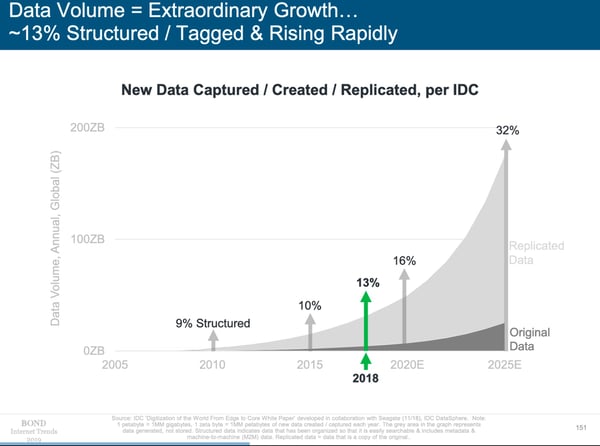
Quoting IDC, Meeker said companies are using data to drive business outcomes, including making improvements in customer experiences. That said, IDC’s assertion about the value of data has not come into fruition yet. Forrester’s 2019 US CX Index report, for instance, found that there has been virtually no improvement in the quality of customer experience in the US.
The wide availability of data is an opportunity for research teams to bring insights that digits and numbers alone can’t. While companies today are drowning in operational data, they often lack experience data — insights on the attitudes, opinions and preferences of their customers that reveal the “why” behind the “what” of customer behavior.
Check out the full 2019 Internet Trends presentation deck below.
Subscribe to our blog to receive the latest news, trends and best practices from market research experts.


No Comments Yet
Let us know what you think